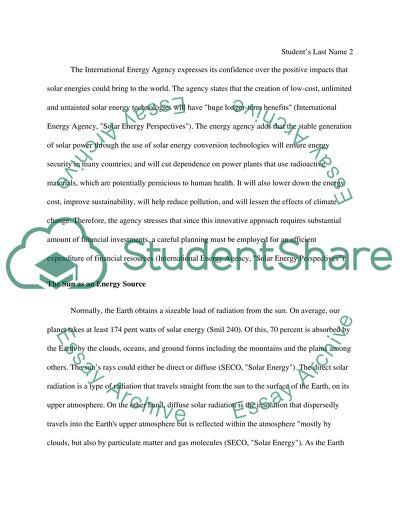Cite this document
(The Sun as an Energy Source Coursework Example | Topics and Well Written Essays - 1250 words, n.d.)
The Sun as an Energy Source Coursework Example | Topics and Well Written Essays - 1250 words. Retrieved from https://studentshare.org/environmental-studies/1610586-alternative-energy
The Sun as an Energy Source Coursework Example | Topics and Well Written Essays - 1250 words. Retrieved from https://studentshare.org/environmental-studies/1610586-alternative-energy
(The Sun As an Energy Source Coursework Example | Topics and Well Written Essays - 1250 Words)
The Sun As an Energy Source Coursework Example | Topics and Well Written Essays - 1250 Words. https://studentshare.org/environmental-studies/1610586-alternative-energy.
The Sun As an Energy Source Coursework Example | Topics and Well Written Essays - 1250 Words. https://studentshare.org/environmental-studies/1610586-alternative-energy.
“The Sun As an Energy Source Coursework Example | Topics and Well Written Essays - 1250 Words”, n.d. https://studentshare.org/environmental-studies/1610586-alternative-energy.


